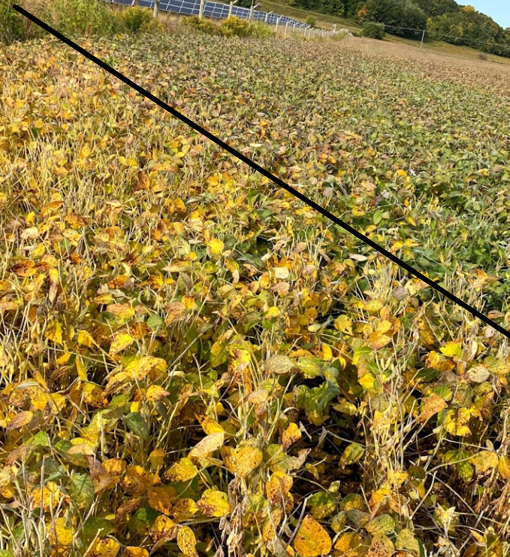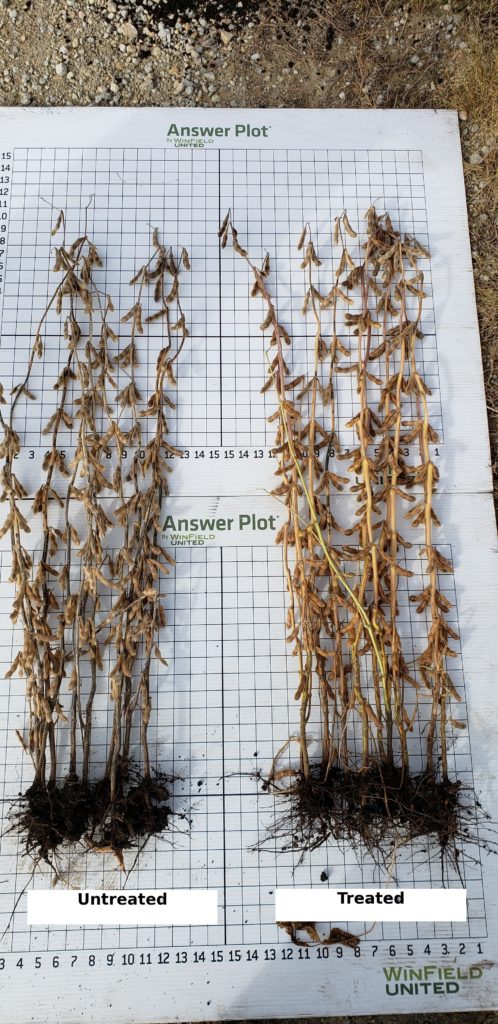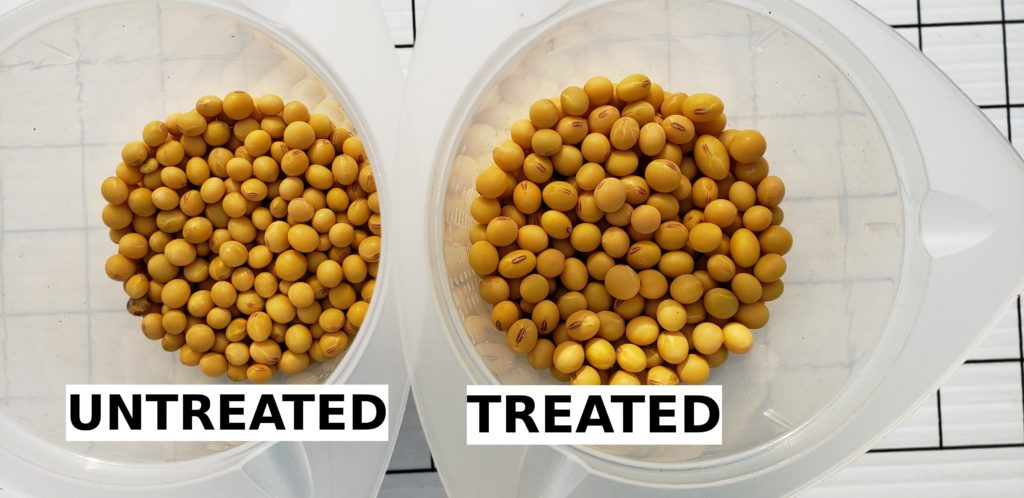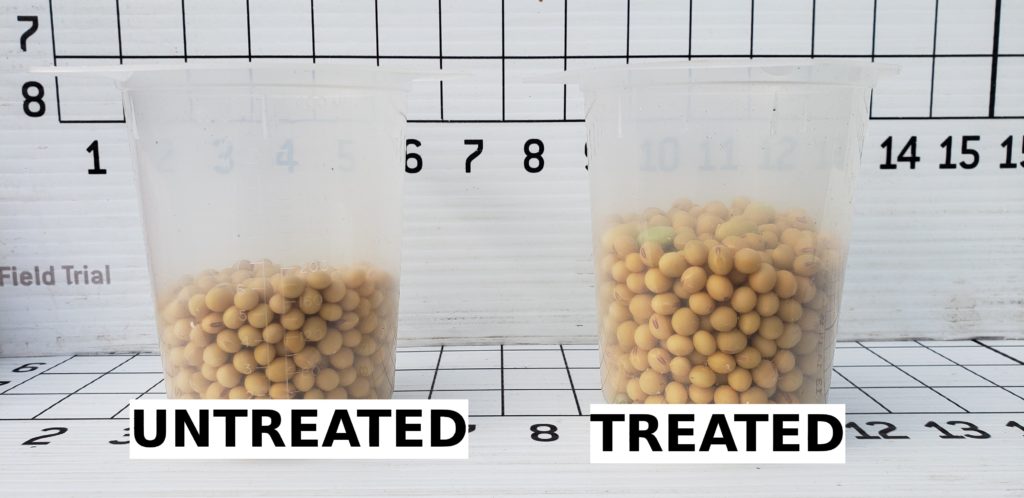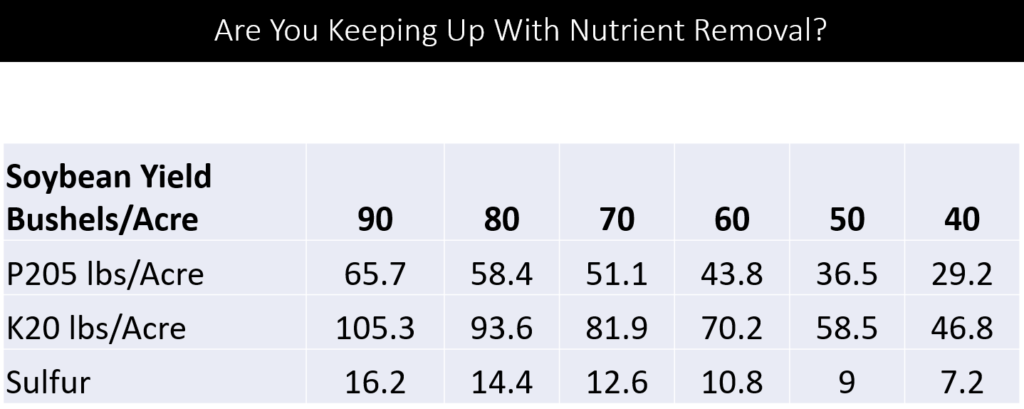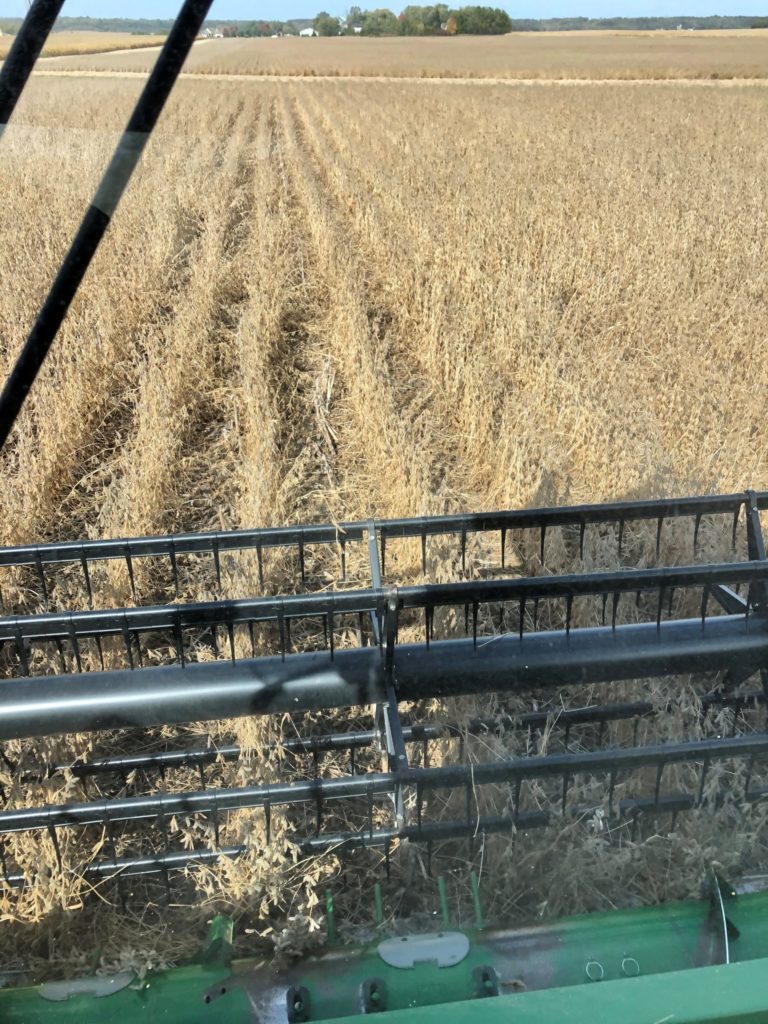Your Local Weekly Ag PartnersAgronomic Update.
The one-stop-shop to hearing everything you need to know this week about what is happening in your fields.
This week’s featured agronomists are:
Chad Wiersma – Owatonna
Gregg Gustine – Pine Island
Brett Decker- Lewiston
Eric Soley- Ellsworth
Scroll down to hear from your local agronomist.
Central
Wanamingo – Kenyon – Morristown – Owatonna
|
Chad Wiersma |
This is the time of year we all wait for. We get to finally see how all our hard work paid off. We also get our report card. Did we pass? It may be too early to tell but early indications are saying we might end up alright. Soybean yields in our area have been coming back good to very good 55-85 bushels per acre. We have not seen much corn yet but what we have seen is 230-275 bushels per acre. |
I’d like to remind everyone what the math looks like for fertility removal with these kinds of yields. If you are like me you’ve probably been using something like a 200 bushel corn and 60 bushel soybean removal for fall fertilization the past couple years of you are not using actual removal from your yield maps. Let’s do the math on what it might look like this fall with current yields.
200 bushels of corn removes 270 bushels of corn removes
6lbs of P2O5 or 146lbs of MAP 124lbs of P2O5 or 238lbs of MAP
54lbs of K2O or 90lbs of Potash 86lbs of K2O or 144lbs of Potash.
A one year spread for corn removal would be 382 total pounds of MAP and Potash vs what we might have done last year of 236 lbs.
60 bushels of soybeans removes 85 bushels of soybeans removes
50lbs of P2O5 or 96lbs of MAP 69lbs of P2O5 or 133lbs of MAP
78lbs of K2O or 130lbs of Potash 110lbs of K2O or 184lbs of Potash
A one year spread for soybean removal would be 317 total pounds of MAP and Potash vs what we might have done last year of 226lbs
That would mean that a two-year spread for corn and soybean would be about 700lbs vs our more normal 460lbs
Also don’t forget that if the field averaged 270 or 85 the high spots are probably well over 300 or 100.
South
Lewiston
|
Brett Decker |
What a difference a week makes. Last week we had cool and wet weather, with frost in low lying areas as recent as last Friday morning. For growers it is a pleasant change this fall harvest compared to the wet 2019 season we had. Corn silage in the area is mostly complete with above average tonnage and for the most part was harvested with adequate moisture. Corn earlage/high moisture corn is being harvested with excellent yields. |
With above normal temperatures and drier conditions this week, grain harvest is in full swing. We are seeing some very phenomenal soybean yields this fall in all maturity ranges. Some growers have started harvesting corn and are also seeing impressive yields. However, those impressive yields are in combination with a lot of variability within each field. You can definitely tell the good ground with very good water holding capacity compared to the ground that could not hold water, and therefore suffered from having adequate moisture.
Reach out to your local agronomist for any yield checks, soil sampling needs this fall, or any concerns that may arise during harvest. Stay safe and have a happy harvest!
East
Pine Island – Cannon Falls -Goodhue -Lake City
|
Gregg Gustine |
2020 Fungicide Trial
Trial:
13.7 oz Miravis Neo + 3.5 oz Endigo
VS Untreated Check @ R3
Note the difference in plant height and the severe Anthracnose in the untreated check.
10 plants were taken from each treatment.
Note the difference in soybean size & volume.
The wet weight of the treated was 38% higher than the check.
Beans will be reweighed when dry to determine the final % advantage for the fungicide.
WWAS
Ellsworth
|
Eric Soley |
Hello Sunshine! Beans yields are excellent, corn is getting combined a month earlier than last year, and the markets have gone up! Just living the dream in Western Wisconsin. With the higher yields that we are seeing in soybeans, let’s make sure we are replacing all the nutrients that the crop uses. |
When applying fertilizer this fall I would encourage the addition of elemental sulfur to your mix. Elemental sulfur is not intended to be used as a replacement for ammonium sulfate but rather as an additional sulfur source. Ammonium sulfate is still needed because it’s available to the plant immediately in the spring. The downfall of AMS is that, similar to urea, it can leach through the soil and not be available late in the growing season. Elemental sulfur, which requires heat and moisture before it’s available to the plant, can fulfill the crop’s late season sulfur needs. Ask your local agronomist for more information.
Have a safe harvest!





